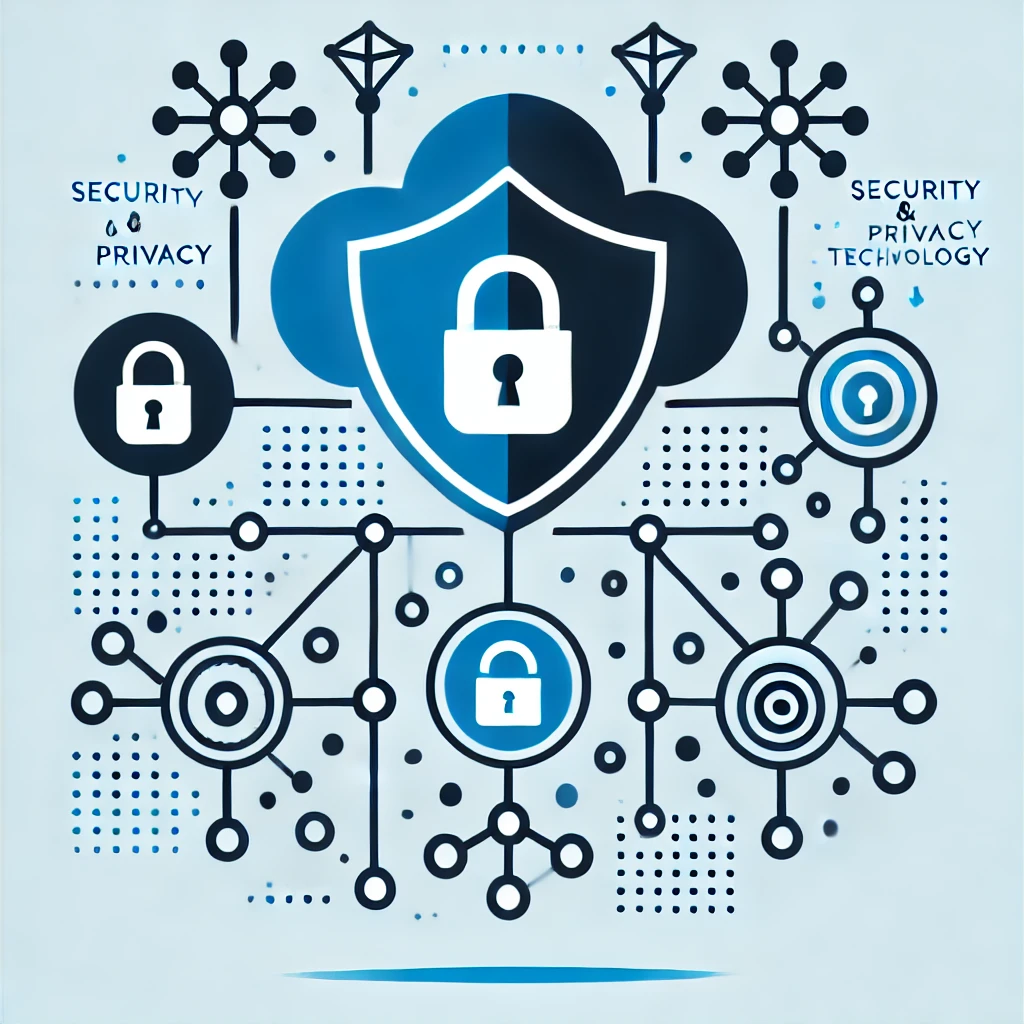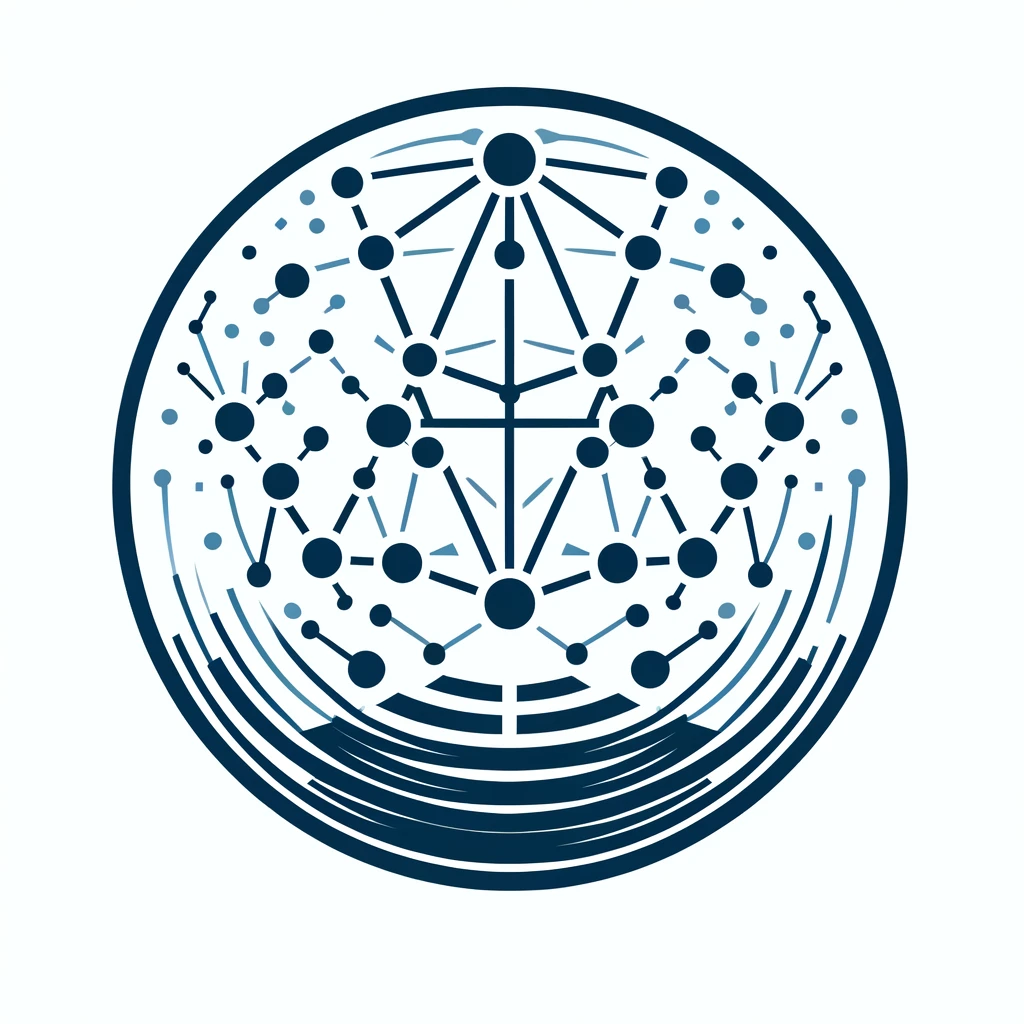· Shane Trimbur · Case Studies
Technical Case Study: Modernizing IAM Infrastructure for a Global Defense and Coordination Network
How modern IAM architecture can transform security operations while delivering significant business value.

When a global organization responsible for coordinating complex operations across joint commands and partner nations sought assistance with their Identity and Access Management (IAM) challenges, they faced critical issues that jeopardized both security and mission readiness. This case study explores our technical approach to modernizing their IAM infrastructure, ensuring seamless collaboration, enhanced security, and uninterrupted operational capability.
The Challenge: Complex Identity Management Infrastructure
The client’s environment represented a unique challenge in enterprise IAM:
- Multiple Active Directory forests (100+) with complex trust relationships
- Legacy Oracle Identity Manager deployment (version 11.1.2.3)
- Custom SOAP-based provisioning workflows
- Homegrown role management system with 50,000+ roles
- Multiple SSO solutions running simultaneously
These systems resulted in:
- Identity sprawl with duplicate identities across systems
- Role evaluation taking 30+ seconds during authentication
- Manual provisioning causing 48+ hour delays
- Inability to provide comprehensive access audit trails
- VDI issues due to reachback over poor bandwidth
Technical Solution Architecture
Phase 1: Identity Consolidation
We implemented a modern identity data fabric utilizing Apache Atlas for metadata management, with a GraphQL API for identity relationship queries. The system processes identity resolution through real-time Kafka streams:
{
"eventType": "IDENTITY_RESOLUTION",
"timestamp": "2024-01-05T10:30:00Z",
"identityMatches": [
{
"source": "ActiveDirectory",
"sourceId": "jsmith",
"confidence": 0.95,
"matchedAttributes": [
"email",
"employeeId",
"department"
]
}
]
}Phase 2: Access Management Modernization
The new role-based access control (RBAC) system features a Redis-based role cache achieving 100ms p99 latency. Here’s an example of our role evaluation logic:
def evaluate_dynamic_role(user_attributes, context):
base_roles = get_base_roles(user_attributes['department'])
risk_score = calculate_risk_score(user_attributes, context)
if risk_score > THRESHOLD:
return apply_restrictions(base_roles)
return enhance_roles(base_roles, user_attributes['clearance'])Phase 3: GitOps-based Role Management
We implemented role definitions as YAML in Git, enabling version control and automated testing:
role:
name: trading_desk_analyst
description: "Access for trading desk analysts"
attributes:
department: ["trading", "risk"]
clearance: "level2"
permissions:
- system: "trading_platform"
actions: ["read", "execute_trade"]
- system: "risk_analytics"
actions: ["read", "run_analysis"]
restrictions:
trading_limit: 1000000
requires_approval: trueTechnical Implementation Details
Identity Resolution Algorithm
Our identity resolution service achieved 99.9% accuracy through:
- Probabilistic matching using Jaro-Winkler distance
- Machine learning-based entity resolution
- Contextual awareness through department hierarchies
- Historical access pattern analysis
Performance Optimizations
The implementation delivered significant improvements:
- Role evaluation latency: 30s → 100ms (99th percentile)
- Access review cycles: 90 days → 5 days
- Provisioning time: 48 hours → 15 minutes
- System availability: Increased to 99.99%
Results and Impact
Technical Achievements
The modernized system now supports:
- 100,000+ users
- 5,000+ applications
- 1M+ daily access requests
- 75% reduction in access-related incidents
Business Impact
The transformation delivered measurable business value:
- $2.5M annual savings in operational costs
- 90% reduction in access-related help desk tickets
- 100% compliance with regulatory requirements
- User satisfaction improvement from 65% to 92%
Technical Stack Overview
The solution leverages modern technologies and tools:
- Core Technologies: Apache Atlas, Redis Enterprise, Kafka, Elasticsearch, Kubernetes
- Development Tools: GitLab CI/CD, Terraform, Ansible, Python, Go
- Monitoring Stack: Prometheus, Grafana, ELK Stack, OpenTelemetry
Key Lessons Learned
-
Identity Resolution Complexity
- Probabilistic matching requires careful tuning
- Historical data quality significantly impacts accuracy
- Regular retraining of ML models is crucial
-
Performance Optimization
- Cache invalidation patterns are critical
- Role hierarchy depth affects evaluation time
- Batch processing is essential for large-scale changes
-
Integration Challenges
- Legacy system APIs require robust error handling
- Data transformation rules need version control
- Monitoring of internal state is crucial
Future Roadmap
The modernized IAM infrastructure now serves as a foundation for:
- ML-based access anomaly detection
- Predictive access provisioning
- Zero-trust architecture implementation
- Real-time compliance monitoring
This case study demonstrates how modern IAM architecture can transform security operations while delivering significant business value. The solution not only resolved immediate technical challenges but also positioned the client for future security innovations.
For more information about our technical capabilities or to discuss your organization’s IAM challenges, please contact our solutions team.



